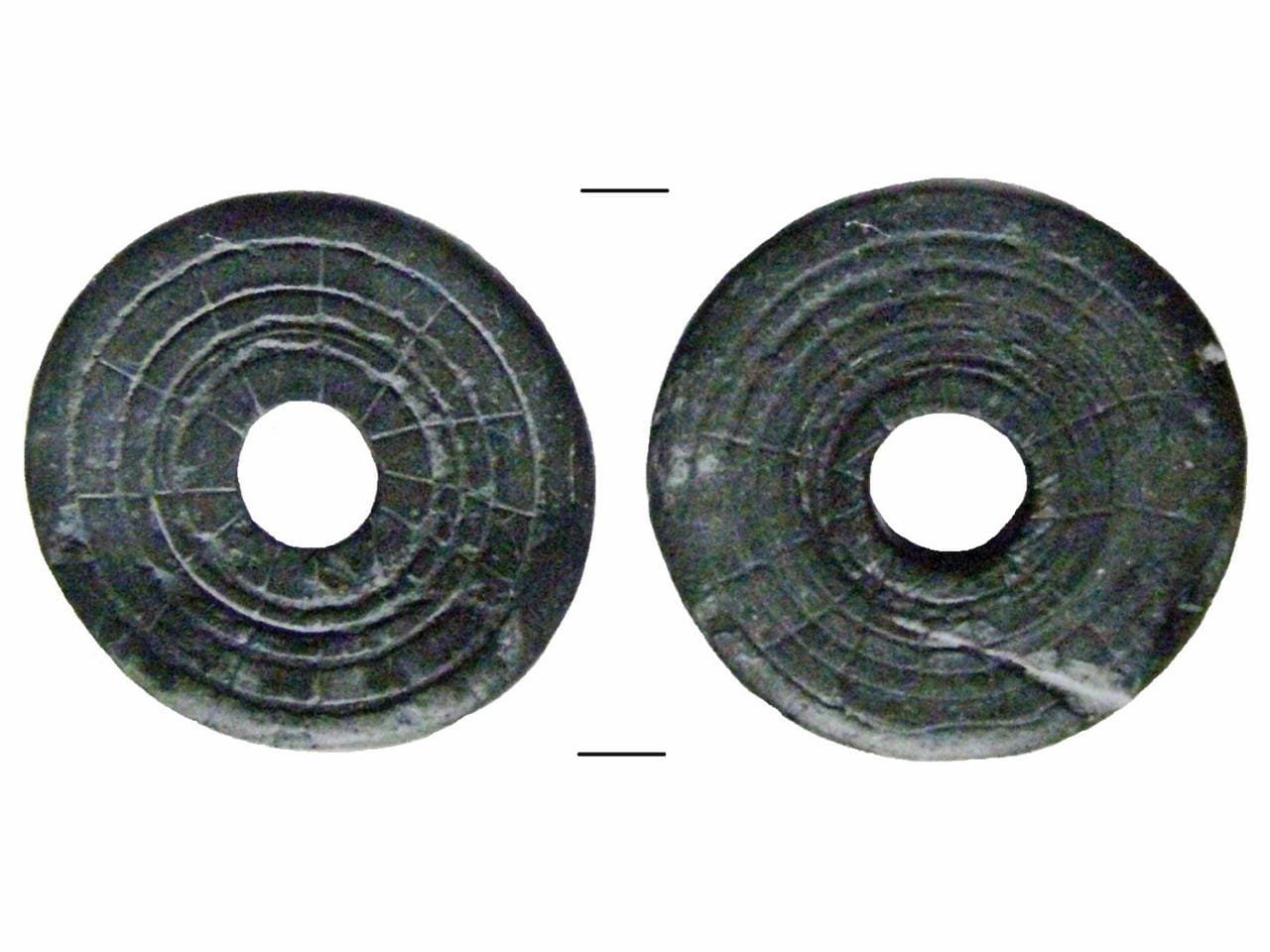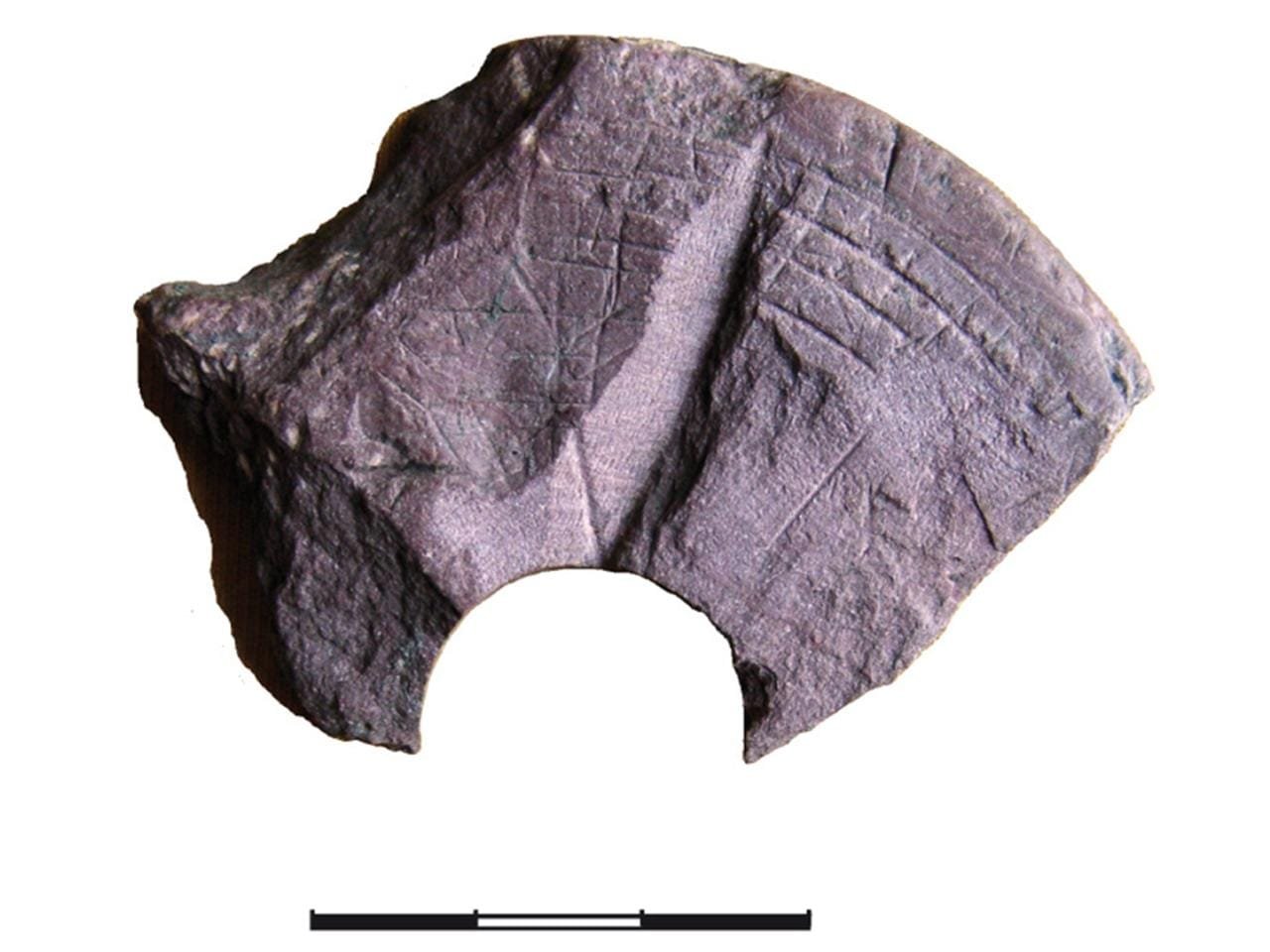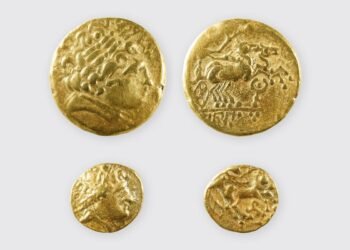A new study by researchers Olena Veremeychyk and Olga Antowska-Gorączniak has reignited the debate over eight medieval pyrophyllite disks found in Ukraine. The artifacts, dating to the 12th and 13th centuries, have long baffled archaeologists with their complex design and unknown purpose. The new research now suggests that the stone objects might have been solar compasses—a sophisticated navigational instrument attributed to the Viking seafarers.

The disks, made of pyrophyllite, a soft mineral found in large quantities around Ovruch, Ukraine, were discovered in major medieval settlements like Kyiv, Listven, and Liubech. Their strange engravings—concentric circles and radial lines—gave birth to numerous theories concerning their purpose: calendars, needle sharpeners, jewelry-making tools, or even furniture decorations. The softness of pyrophyllite made it an excellent material for making all sorts of things, from icons to molds, which only complicated the determination of the disks’ purpose.
The research underscores the possible impact of Scandinavian merchants and navigators, referred to as Varangians, who engaged in extensive travels throughout the area along the trade corridor “from the Varangians to the Greeks.” These pathways established a connection between the Baltic Sea and the Black Sea, thereby facilitating cultural and technological interactions. The investigators contend that the design and purpose of the disks correspond with Scandinavian maritime technologies, especially Viking solar compasses.
Solar compasses, used by the Vikings for sea navigation, used a gnomon—a long stick casting a shadow—with a dial marked with specific lines to determine direction and latitude based on the Sun’s position. Similar wooden and bone artifacts have been found both in Greenland and the Baltic Sea region, suggesting a shared technological heritage.

“The origin of the raw material suggests local manufacturing,” the researchers wrote in Sprawozdania Archeologiczne. They further noted, “At the same time, the form and function may have been influenced by Scandinavian traders and sailors, aligning with the presence of these disks along rivers within the trade route.”
Three of the disks, in particular, had characteristics reminiscent of Viking solar compasses: the central holes and engraved radial patterns may have allowed for temporary gnomonic lines to be drawn with erasable materials like chalk or charcoal. This flexibility would have been indispensable for observing and adapting to new latitudes as the user moved. Yet the lack of permanent markings of the equinox and solstice lines, common in Viking solar compasses, still gives one pause for skepticism.
Supporting this hypothesis, the researchers pointed out that the diameter and design of the Ukrainian disks are very similar to those of navigational instruments found at Wolin in Poland and in Greenland. Such parallels hint at the possibility that the pyrophyllite disks could represent a local adaptation of Viking navigation instruments.
Despite these findings, there remain considerable differences between the Ukrainian disks and the traditional solar compasses. Critics argue that the shallow engravings of the disks and the lack of accompanying gnomons make them highly questionable as navigational instruments. Other possible uses, such as craft tools or even symbolic objects, cannot be ruled out.
Historical examples also complicate the narrative. For instance, the 1984 reconstruction of a wooden disk from Greenland showed that it could have been used as a solar compass on a voyage, but its actual function is still disputed. Alternative uses that have been proposed for such finds—fishing floats or pottery stamps, for example—also illustrate the various possibilities.
To resolve these uncertainties, the researchers advocate for further analysis, including detailed measurements, surface wear studies, and experimental archaeology. “The pyrophyllite slate disks necessitate further comprehensive investigation,” the study emphasizes, calling for laboratory experiments to verify the artifacts’ functions and chronology.





















